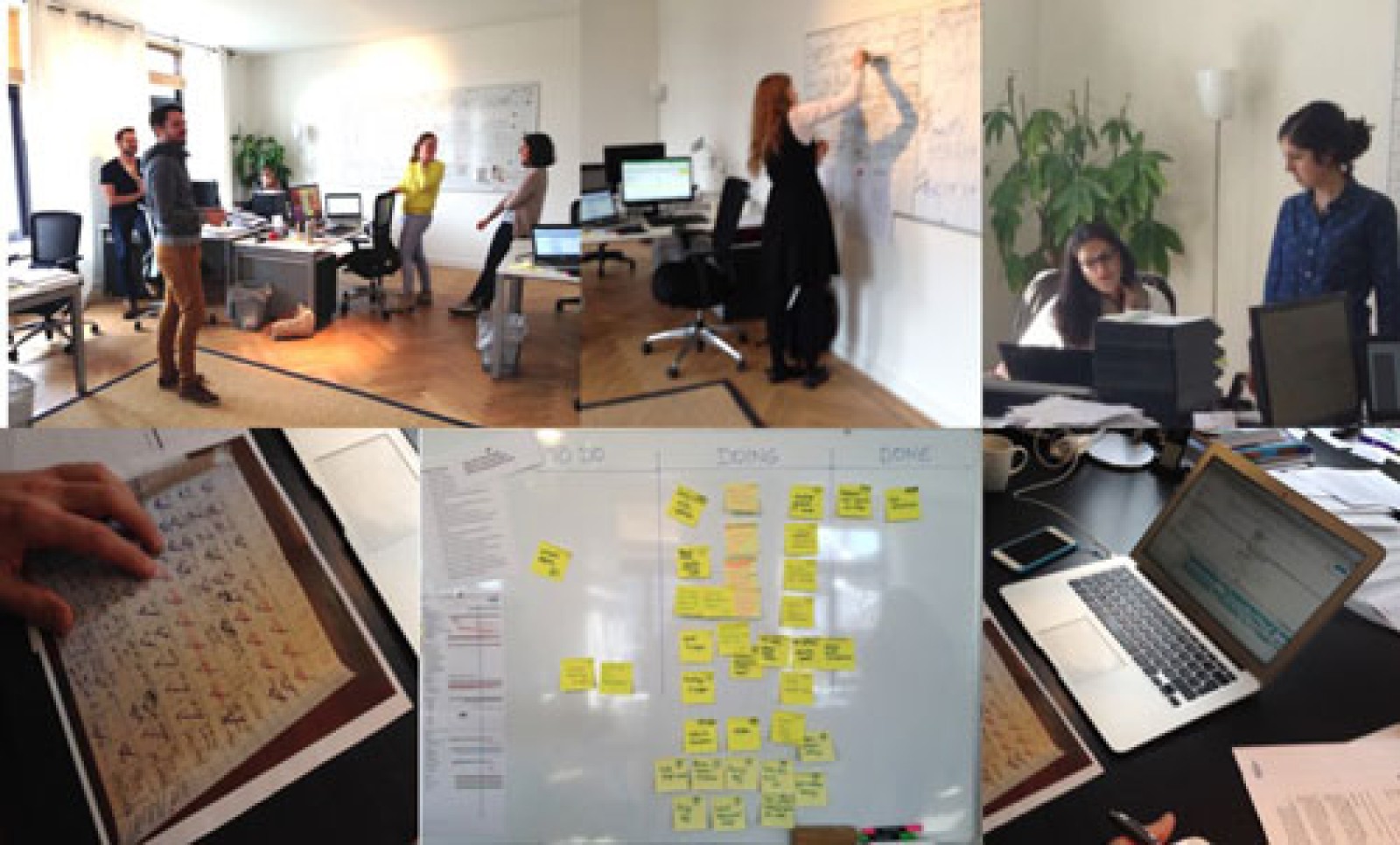Data collection in progress for the 2016 Access to Medicine Index
New trends emerge
Research Programme Manager Tara Prasad leads the Foundation’s data-collection process: “The data we have reviewed so far has a good level of disclosure and provides a new level of detail. We can already see trends emerging. The team which I co-lead is currently preparing for the first clarification round, where we ask companies to explain certain details and provide supplementary information and evidence where necessary.”
Following this clarification round, the pharmaceutical companies will finalise their data and formally submit it by early June. Once data is submitted, the process of comparative analysis starts. The Foundation’s research team will examine and report on the full range of company activities in each area analysed by the Index, verifying data against external sources where relevant. After review by independent experts scheduled in September, the 2016 Access to Medicine Index will be published in November.

Analysing performance where it matters
The 2016 Index will once again identify best practices, highlight where progress is being made and uncover where critical action is required by the pharmaceutical industry. In this way, the Index provides both an incentive and a guide for pharmaceutical companies to do more to improve access to medicine. Following the Index methodology, the 2016 Access to Medicine Index captures companies’ policies and practices regarding access to medicine in 107 low-income and middle-income countries. Compared to previous years, it places greater emphasis on company performance: 50% of companies’ overall Index scores will depend on what they do in practice. The 2016 Index will measure performance where it matters, with a closer analysis of access strategies in middle-income countries. There is also a new measurement of need-based pricing and more recognition for R&D with no viable market.
The Index covers seven main areas of corporate behaviour: general access to medicine management; market influence & compliance; research & development; pricing, manufacturing & distribution; patents & licensing; capacity building; and product development. It captures details of company products that can be used to prevent, diagnose, treat or manage a set of 50 high-burden diseases. These products can be relevant medicines, vaccines, diagnostics, microbicides, vector-control products or platform technologies. This includes information about both existing products and those in the R&D pipeline.